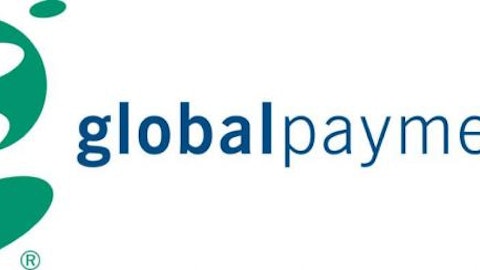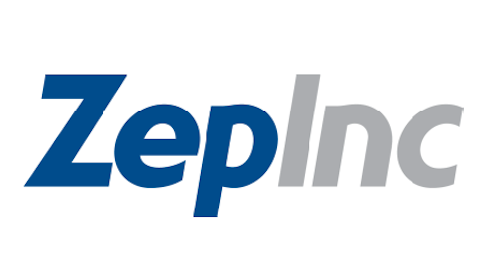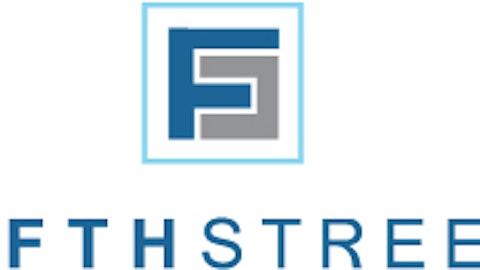Gaurav Singal, Director of Innovations Unit, Foundation Medicine, Inc.
Thanks, Steve for the introduction, and it’s a real pleasure to be able to introduce you all to Foundation ICE 2 this morning. ICE 2 is the next major release of our interactive cancer explorer. In addition to doing all the things that ICE does today, ICE 2 includes several powerful new features designed to allow users to more efficiently manage their patient cases and make more informed treatment decisions enhancing the actionability of FoundationOne and FoundationOne Heme. ICE 2 is something we have been thinking about for quite a long time now. We have developed it over 18 months in consultation with many UI, UX,visual design groups and experts. With their help, we have interviewed a broad group of our users, oncologists, nurse practitioners, nurses, administration staff, anybody who interact with Foundation Medicine from ordering the test, receiving the results,or interacting online with our interactivecancer explorer.
We have worked with these users to understand their needs, their motivation and any barriers to not only using Foundation Medicine’s test and interface, but in the care of their patients holistically. With the input of these users and these design experts, we have designed and tested several rounds of wireframes, mockups, clickable prototypes, and each round going back to our users, testing our hypothesis, learning from their advice and revising them, not just strategically but based on interaction and visual elements. With the accumulated feedback, we have put together what is now our ICE 2 platform, which is designed to fit into the daily clinical workflow, not just to address their needs but to make sure that they can actually use this on a day-to-day basis.
In developing ICE 2, we thought about several different components. One, we wanted to modernize the interface and the technology. Second, learn to build features that improve the efficiency of interacting with Foundation Medicine and of managing their patients. Third and most importantly, we sought to increase the actionability of our results.
On the technology front, we redesigned the application with a very user standard design methodology which included our complete rebranding effort. The interface that we have built is built on a mobile ready platform to allow us to reach our users through whatever medium they require in whatever context. We have also rebuilt the technology stack front to back to set us up for innovation and new feature development over the coming months and years.
On the efficiency front, we built several important new features. We built an advanced search capabilities so users, whatever their positions, practice managers, researchers can now interact with their work list and with their patients, not just by searching by name or by diagnosis but by searching by gene and alteration.
We also built a sample tracking directly into ICE interfacing with our lab so the users can track not just reports that have been returned to them but also reports that are still in progress. We have built notifications platform that allowed users to receive notifications not just by email but also through ICE, to adapt to not just the notifications delivered today but notifications we will be delivering in the future.
Now, on the actionability front, arguably most importantly, we built an architecture for collection, storage of outcome, and also implemented this in the PatientMatch feature, which we will describe to you in more detail.
ICE 2 and outcomes is something that we have been thinking about for a long time. At core, we are trying to help the oncologist field the questions for the patients in front of them. How has similar patients been treated and how has the patients done?





